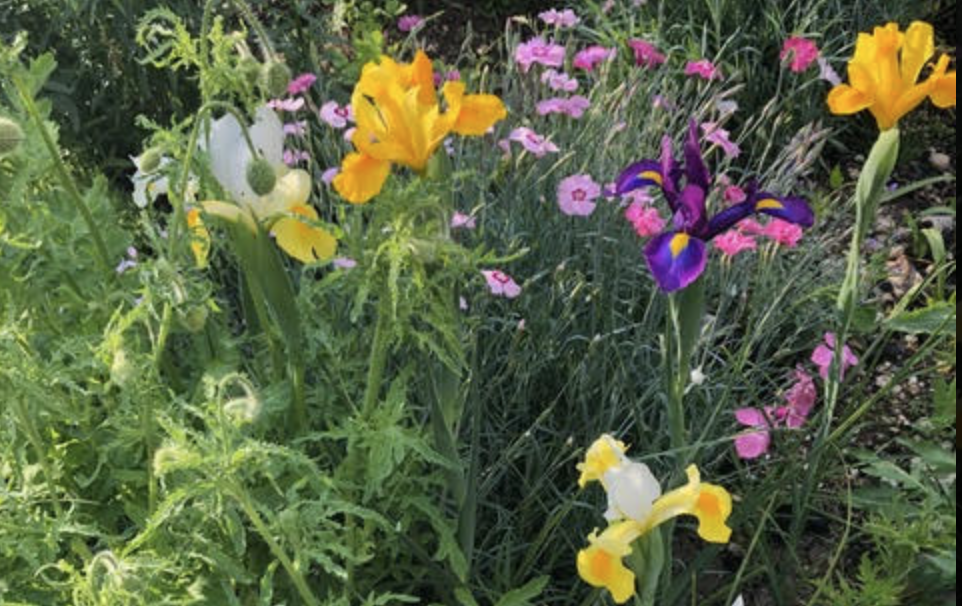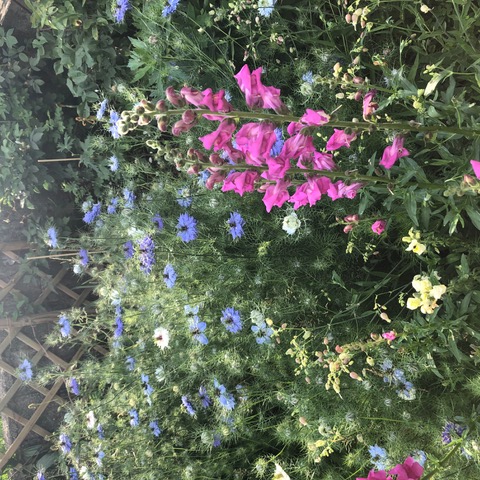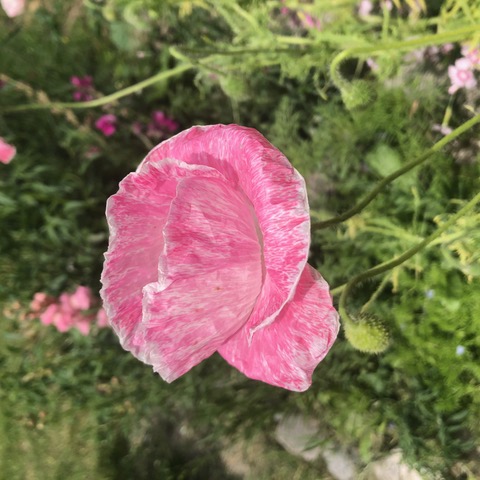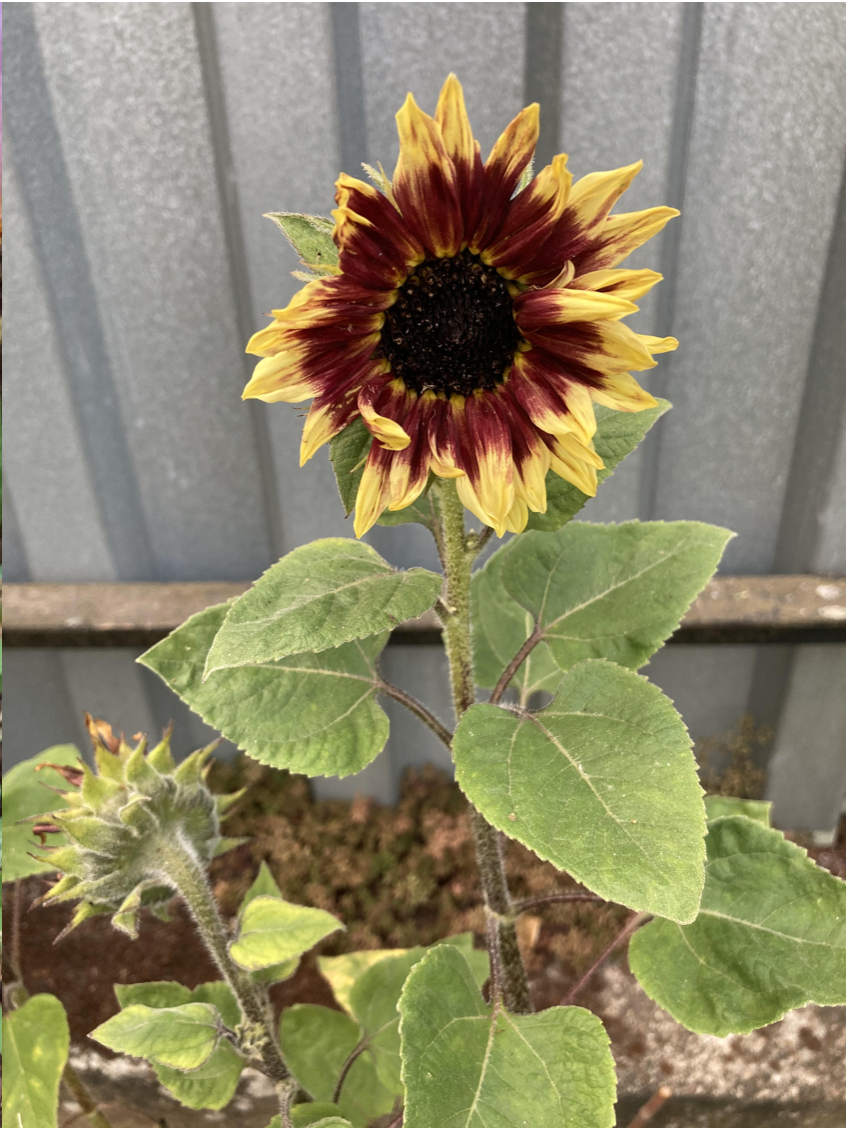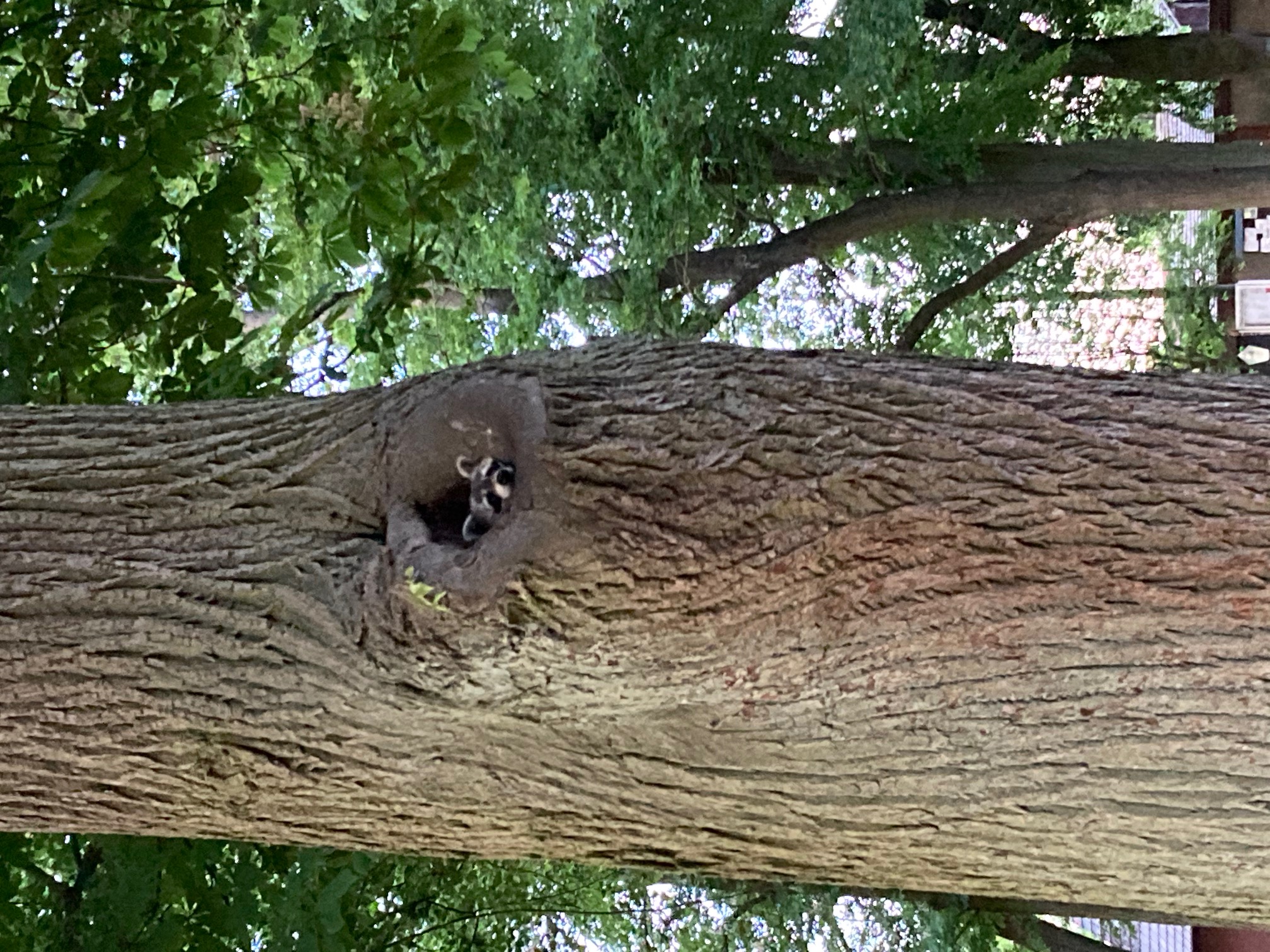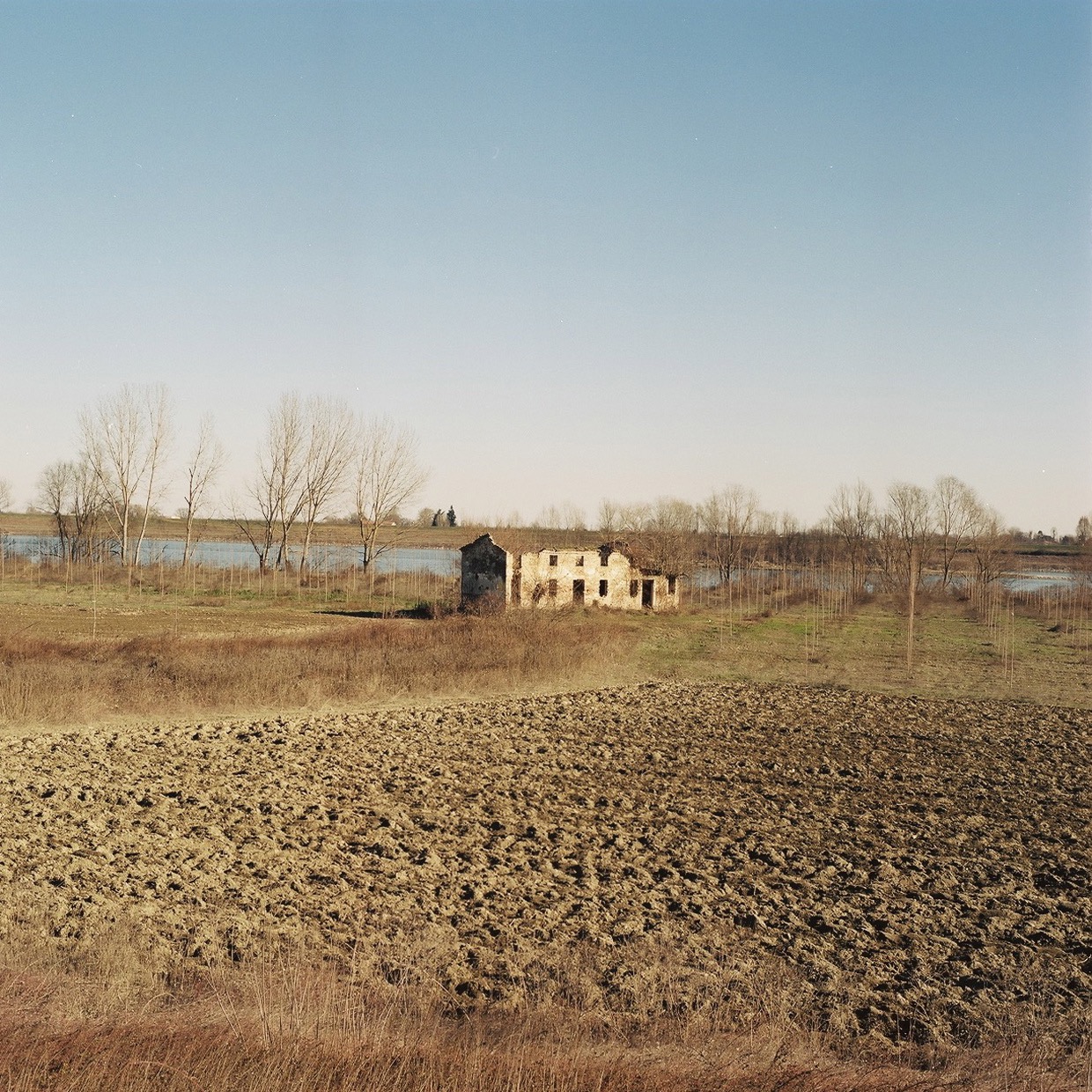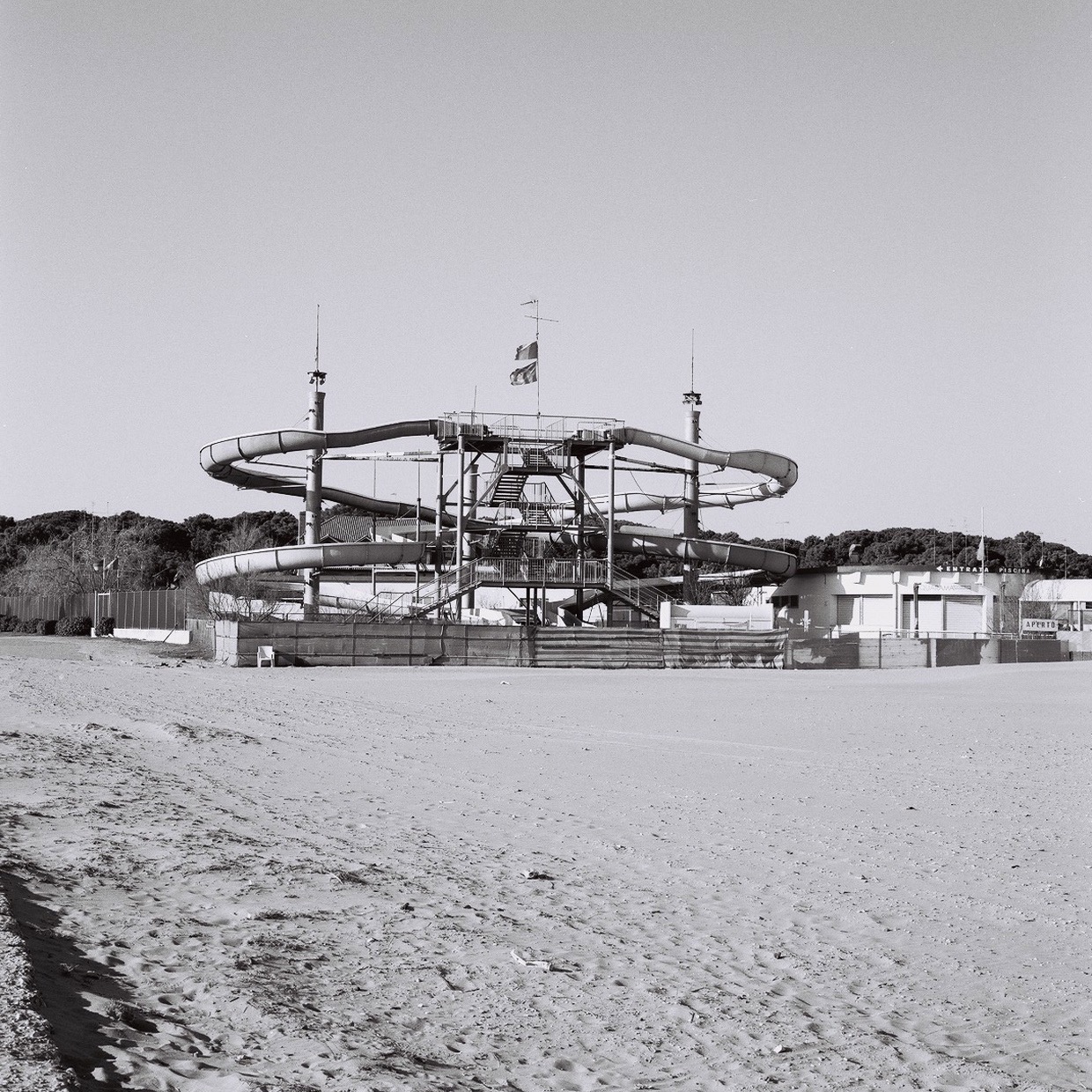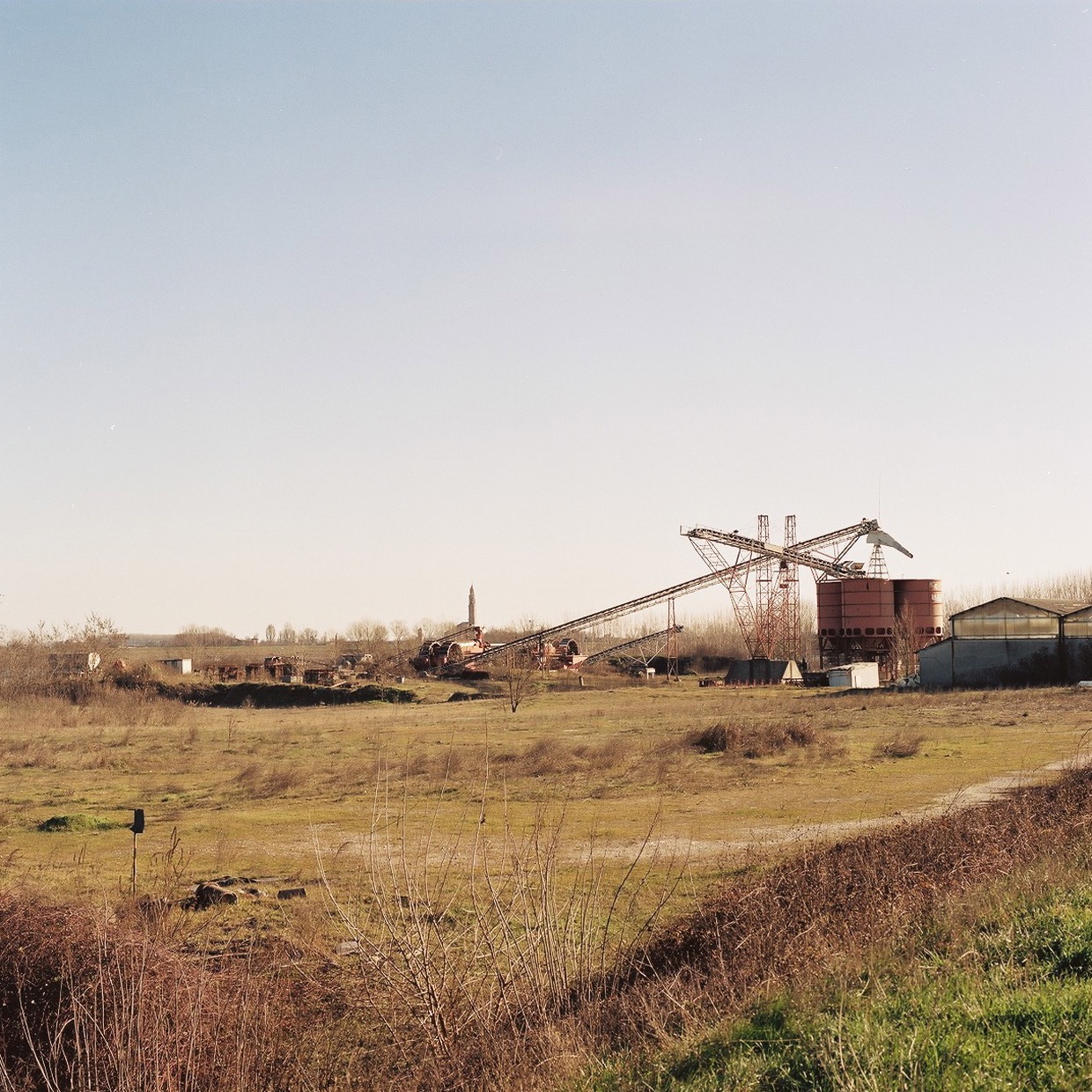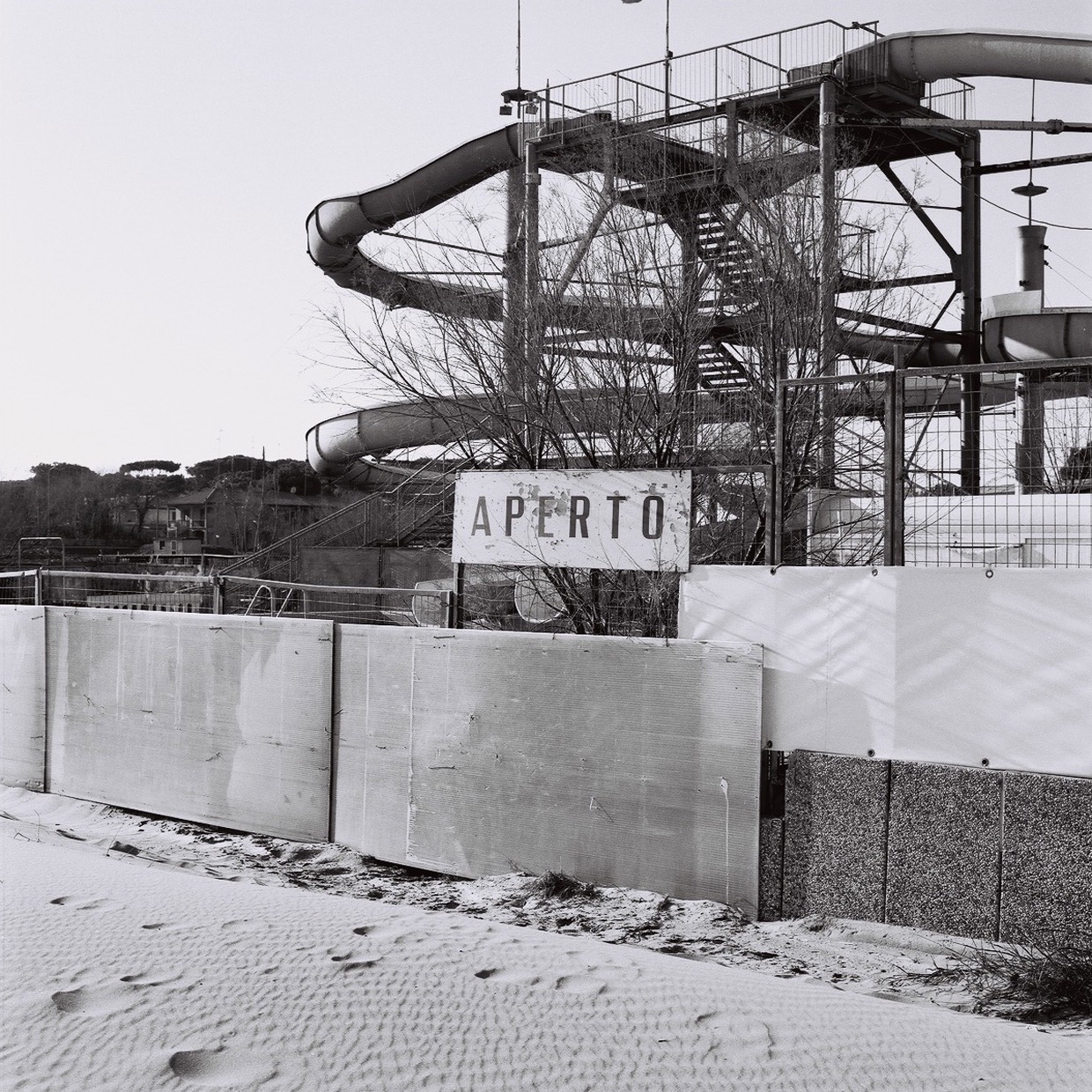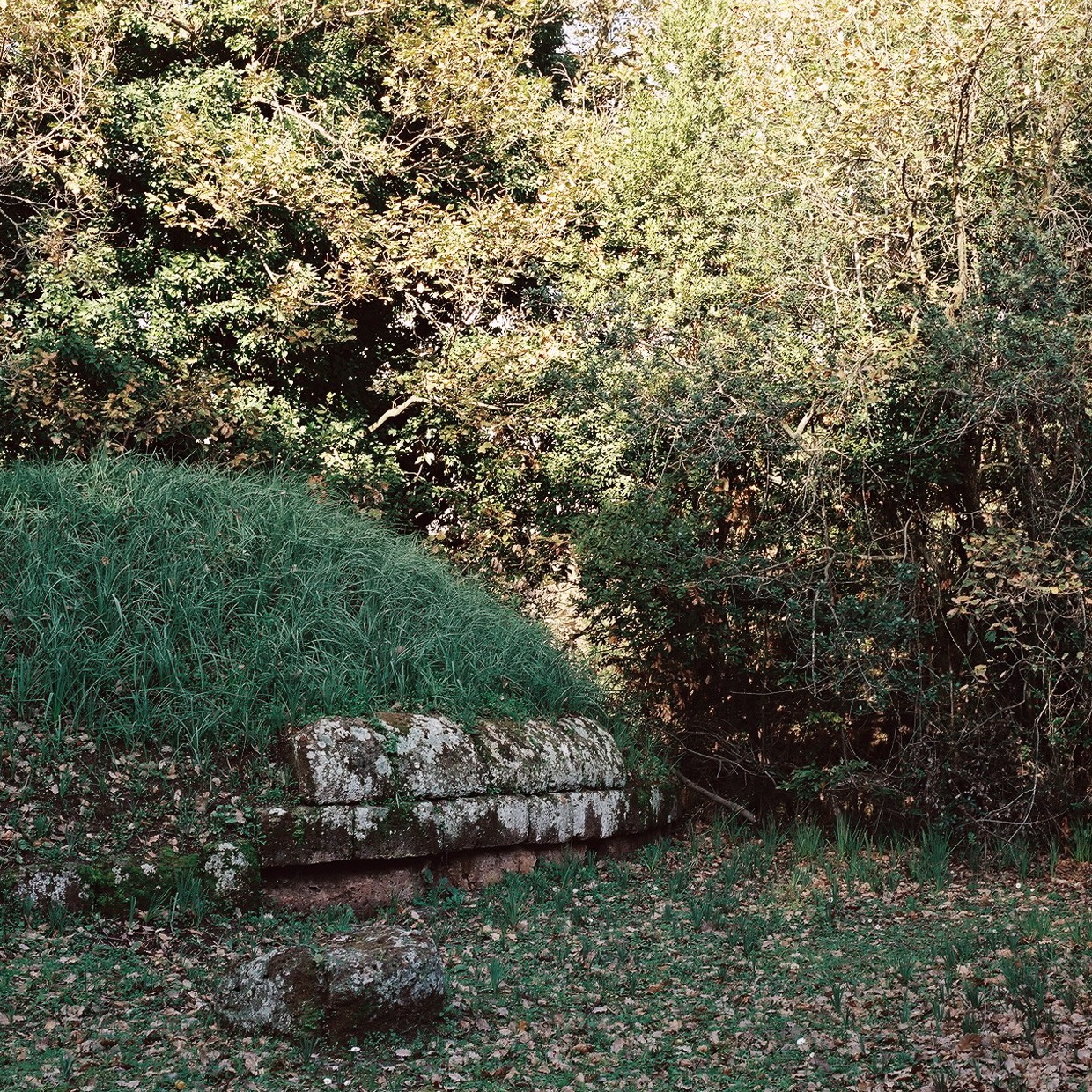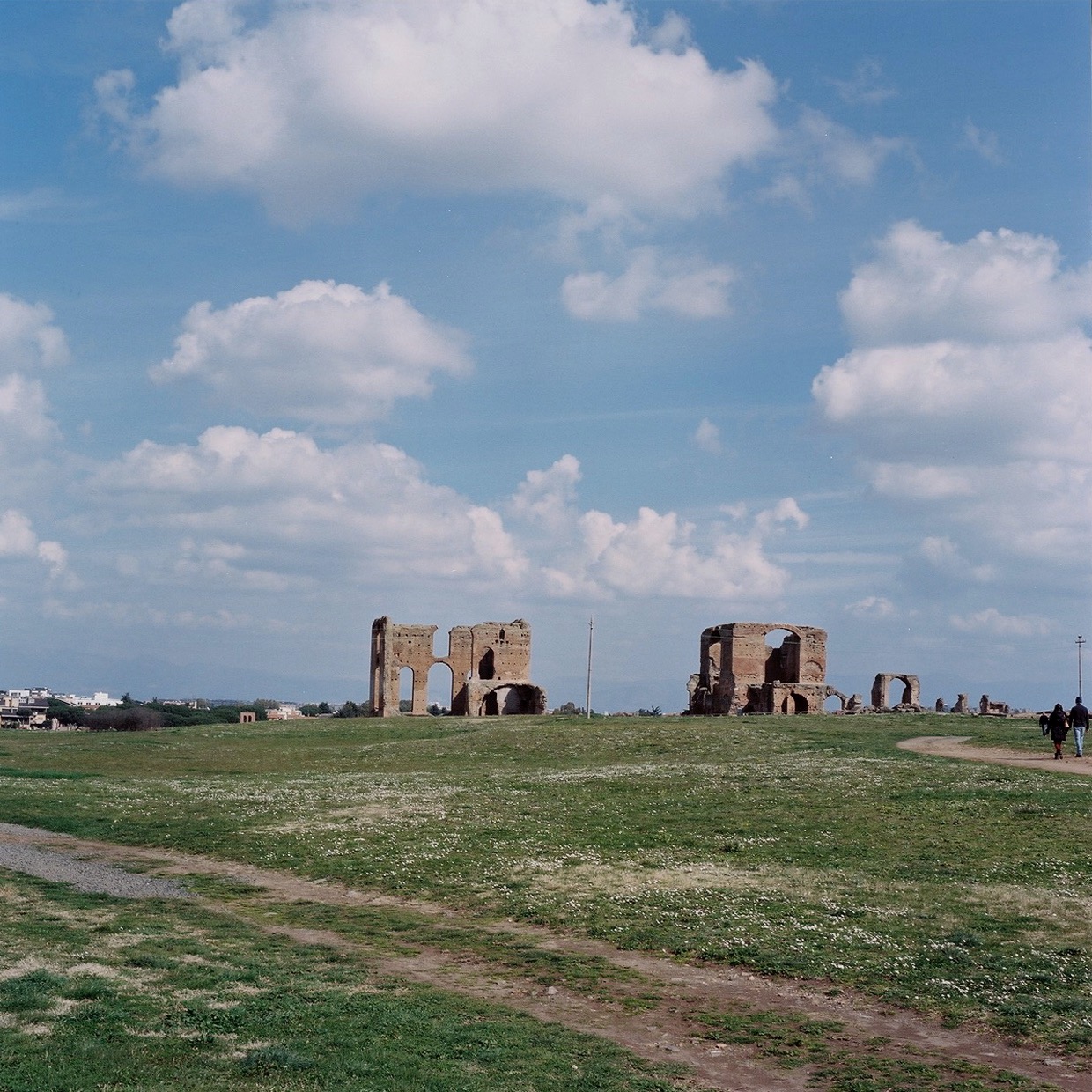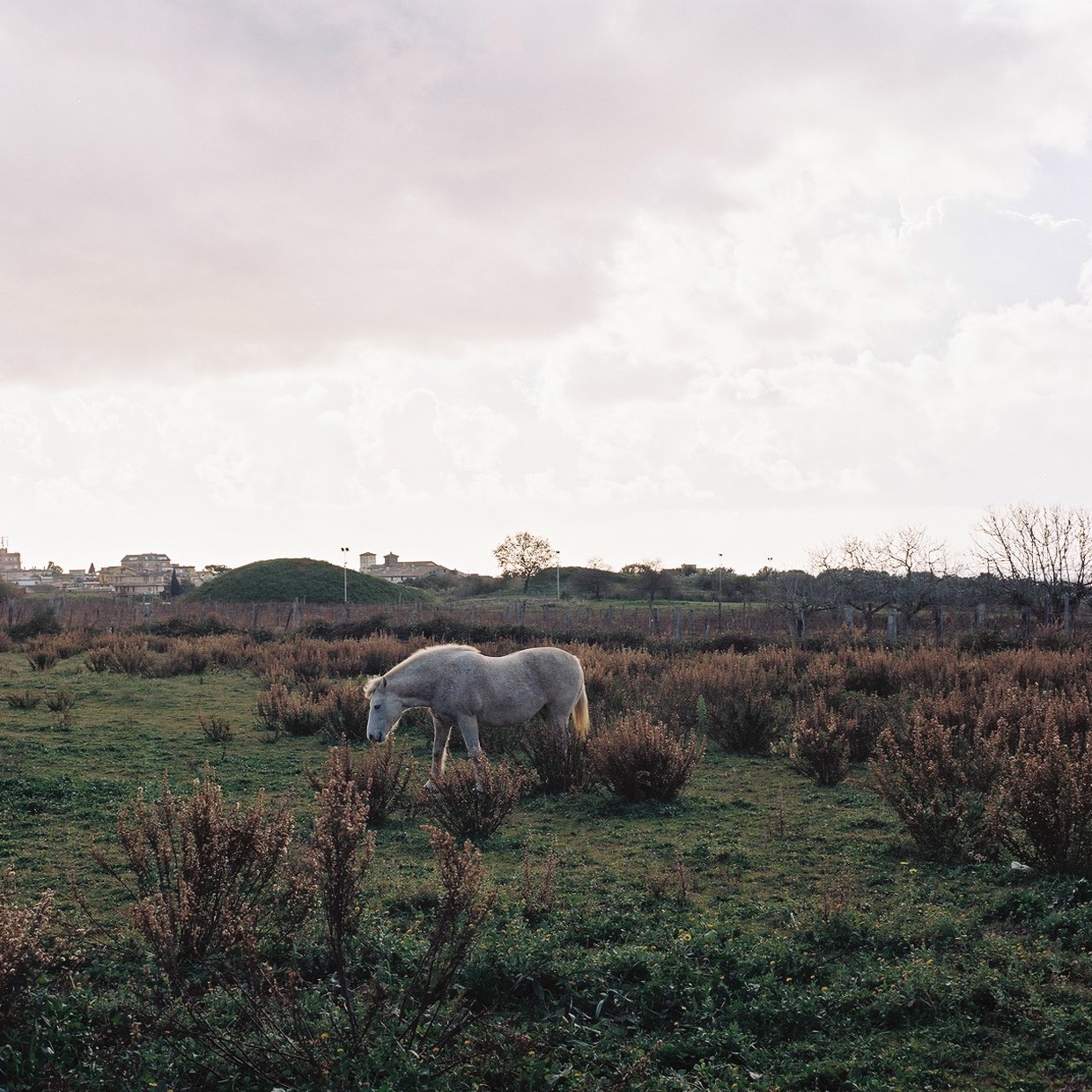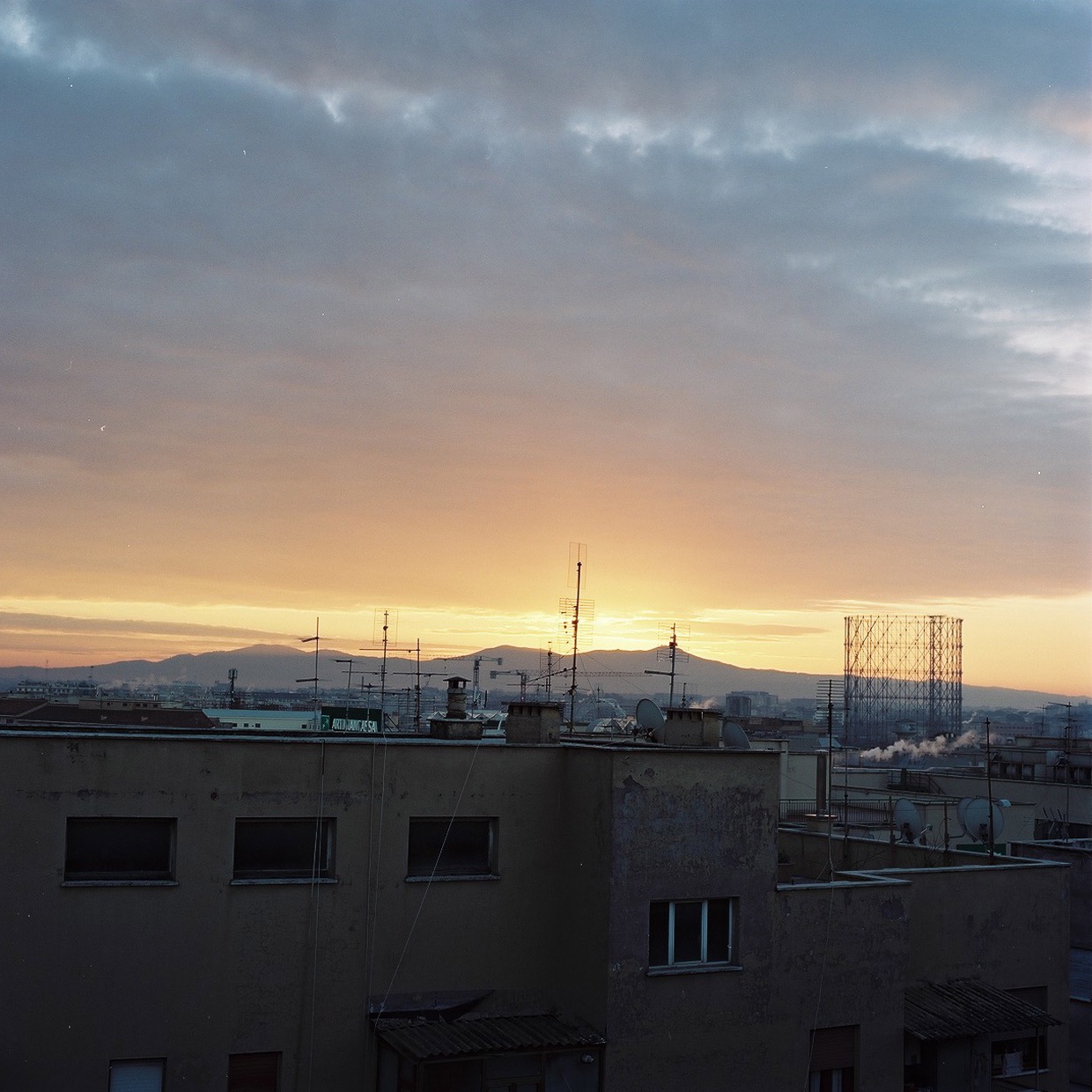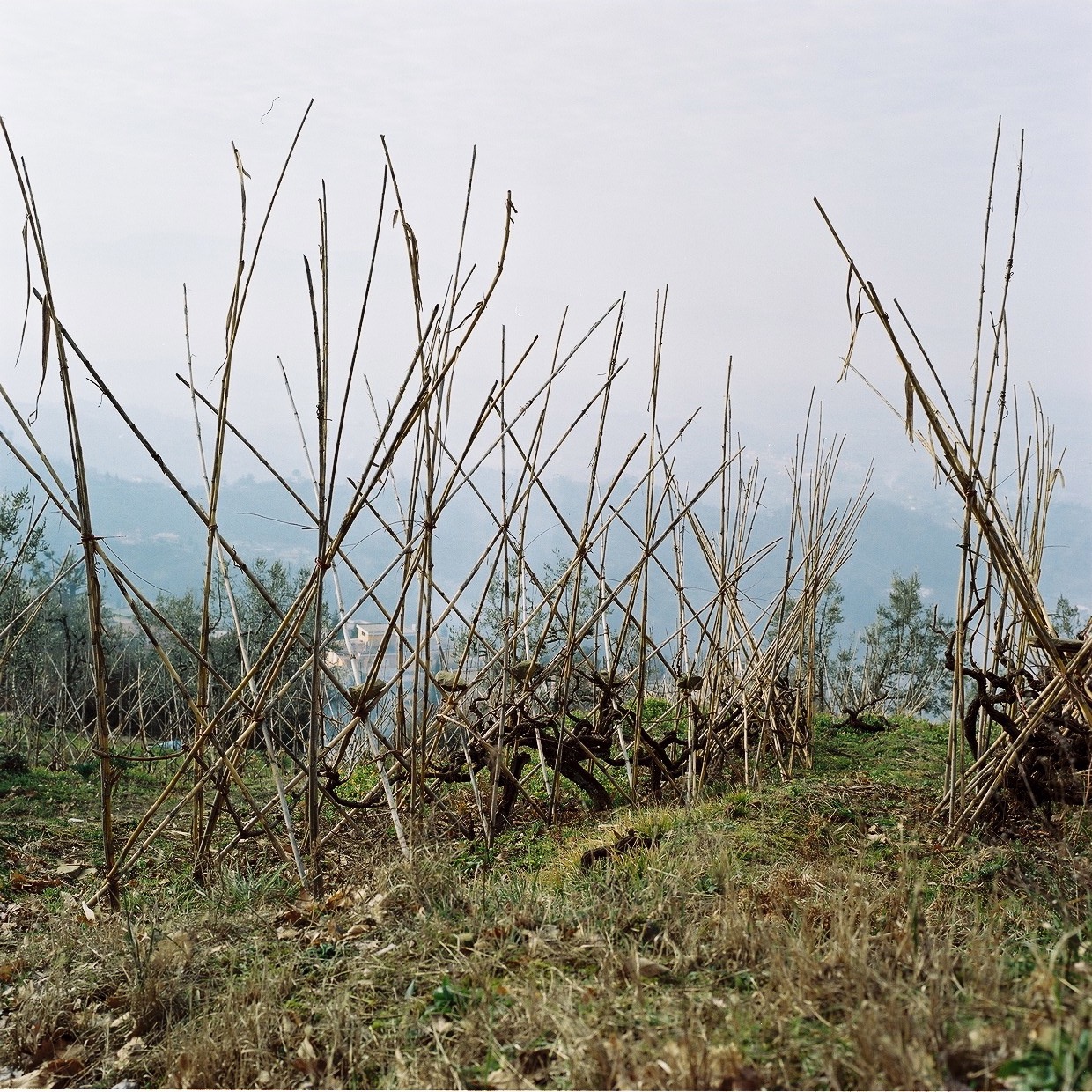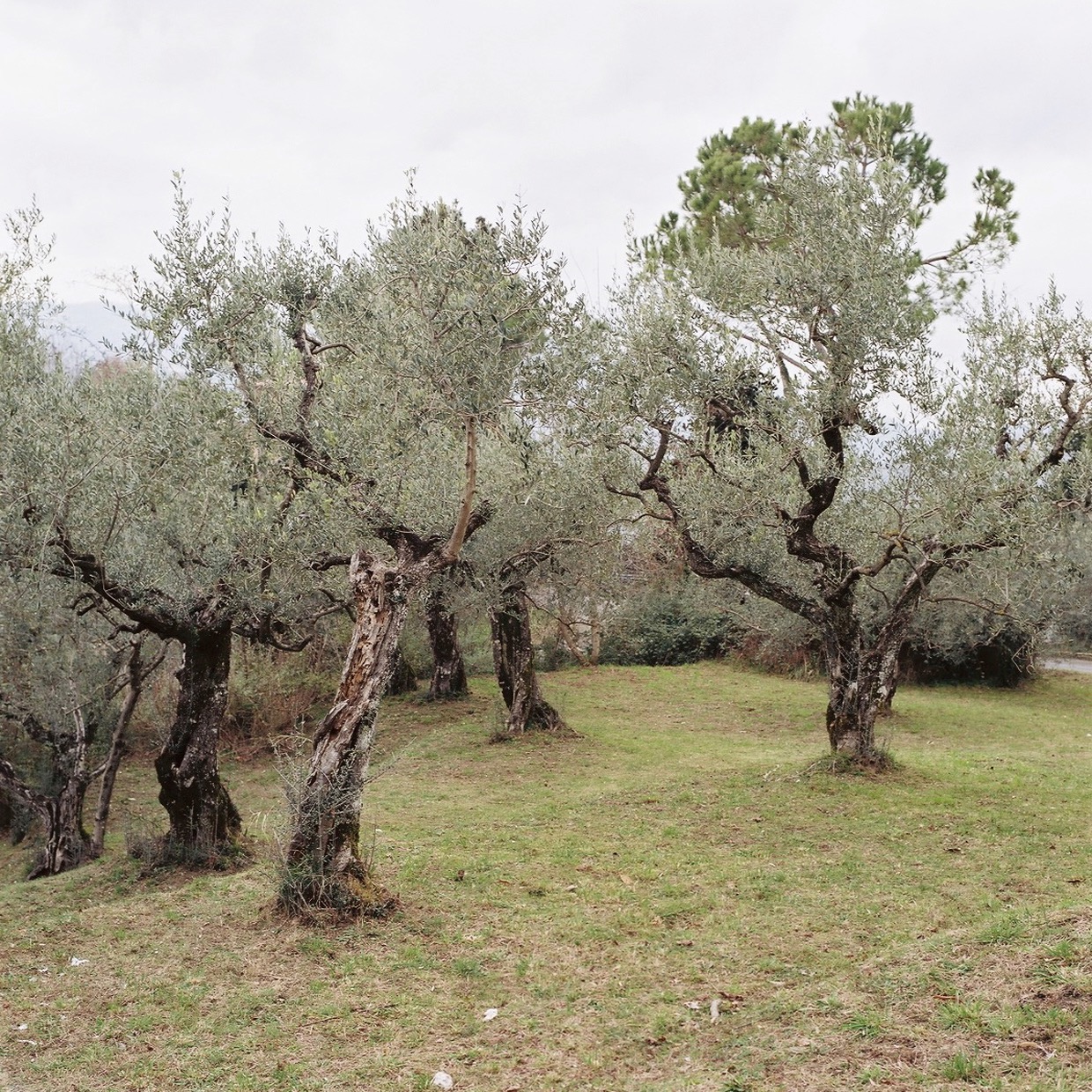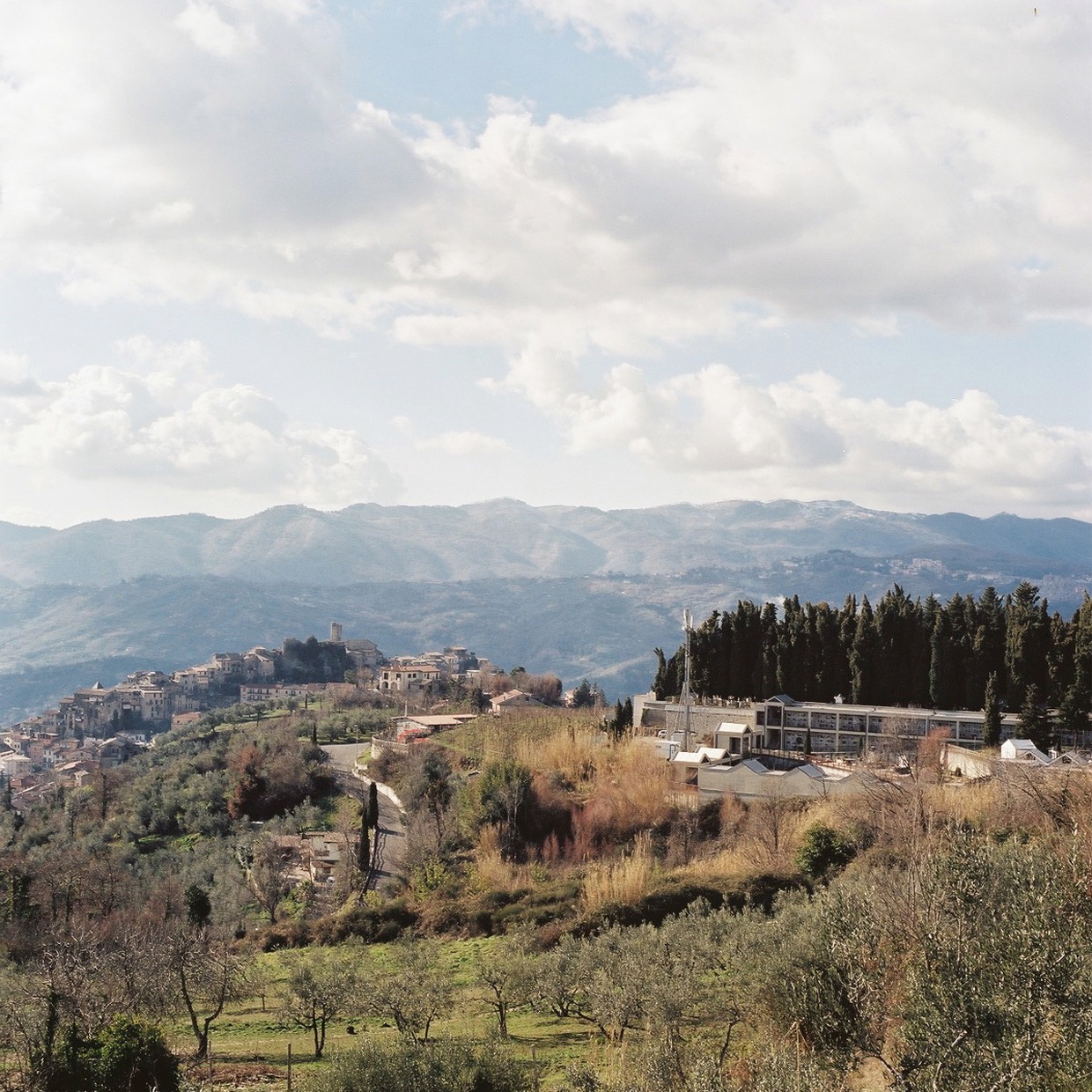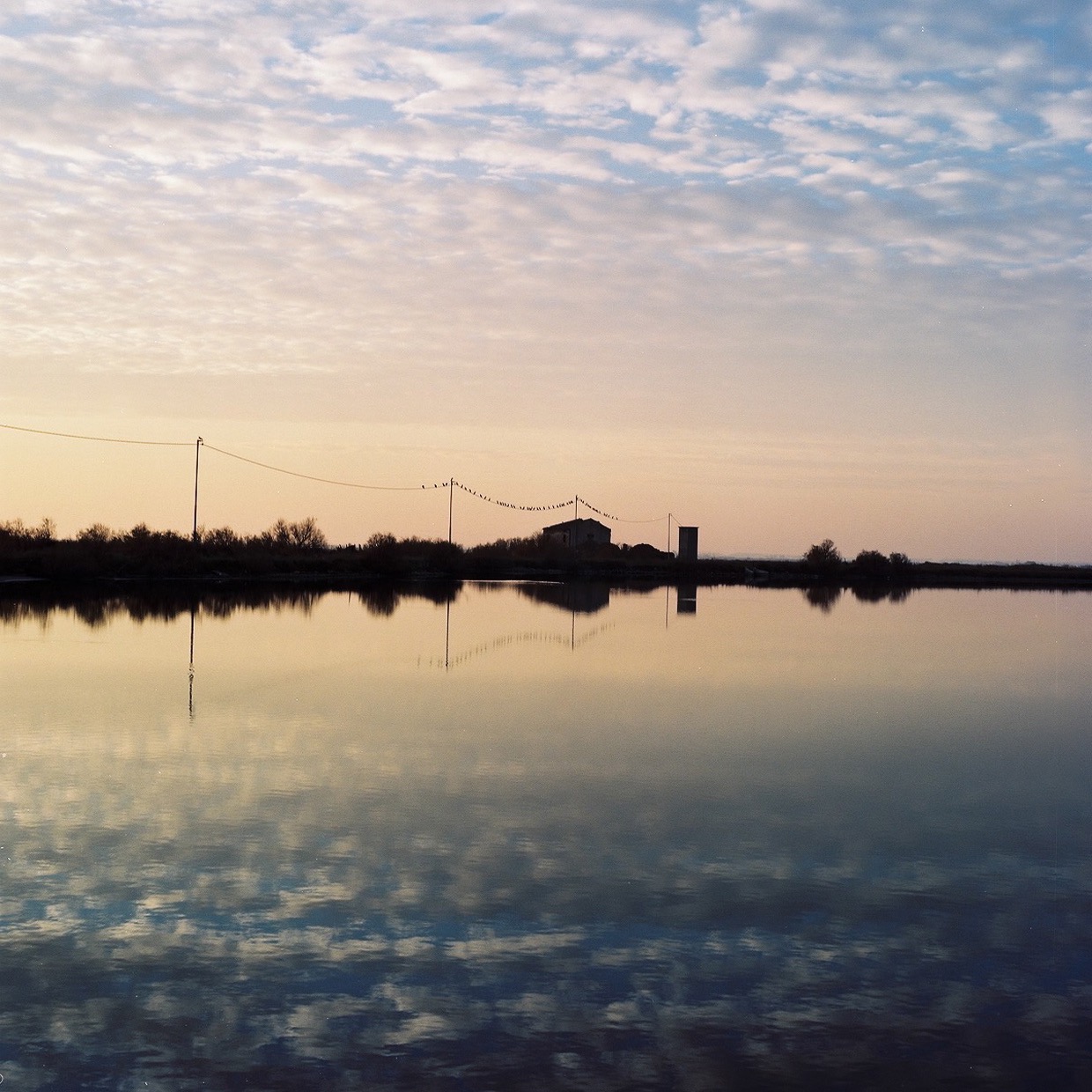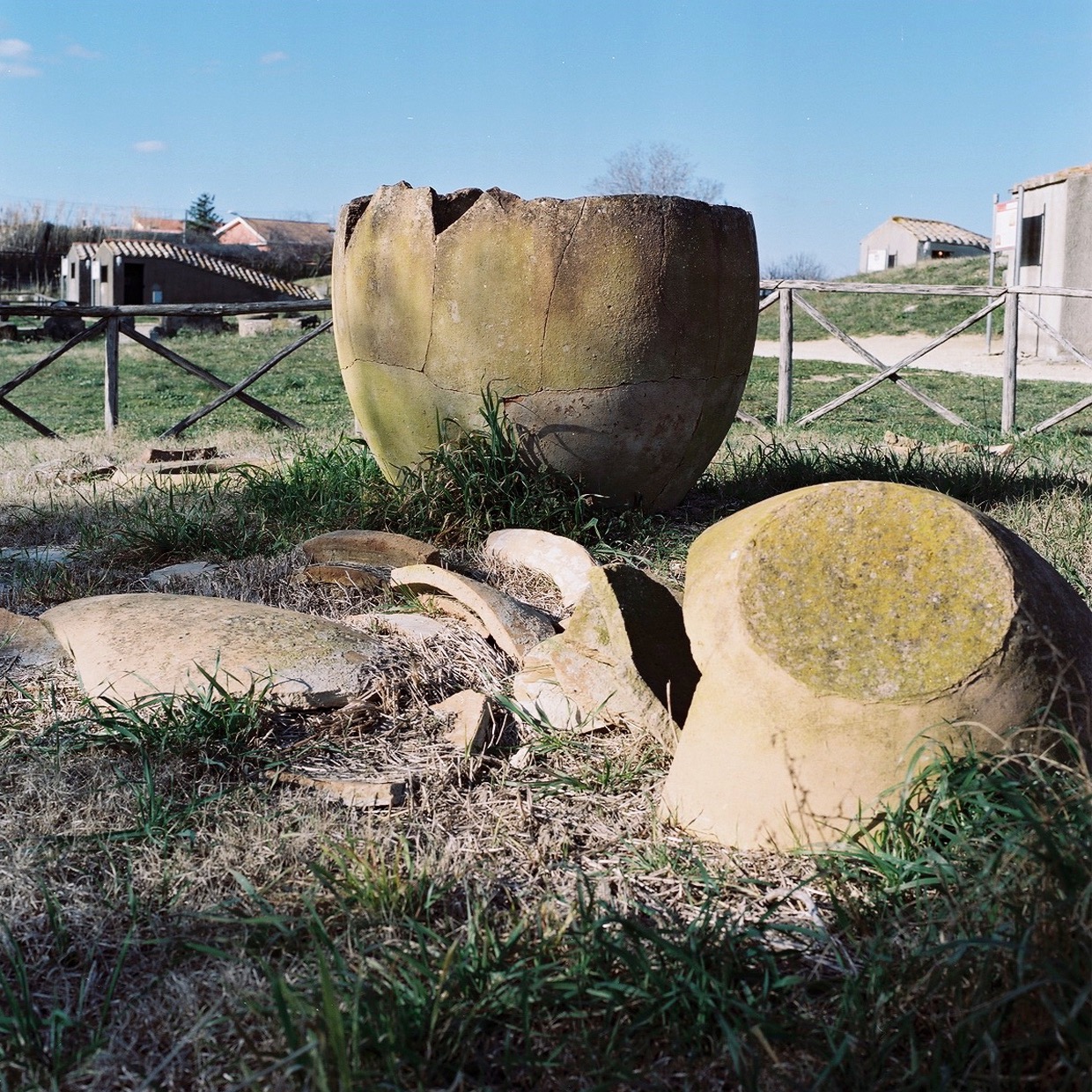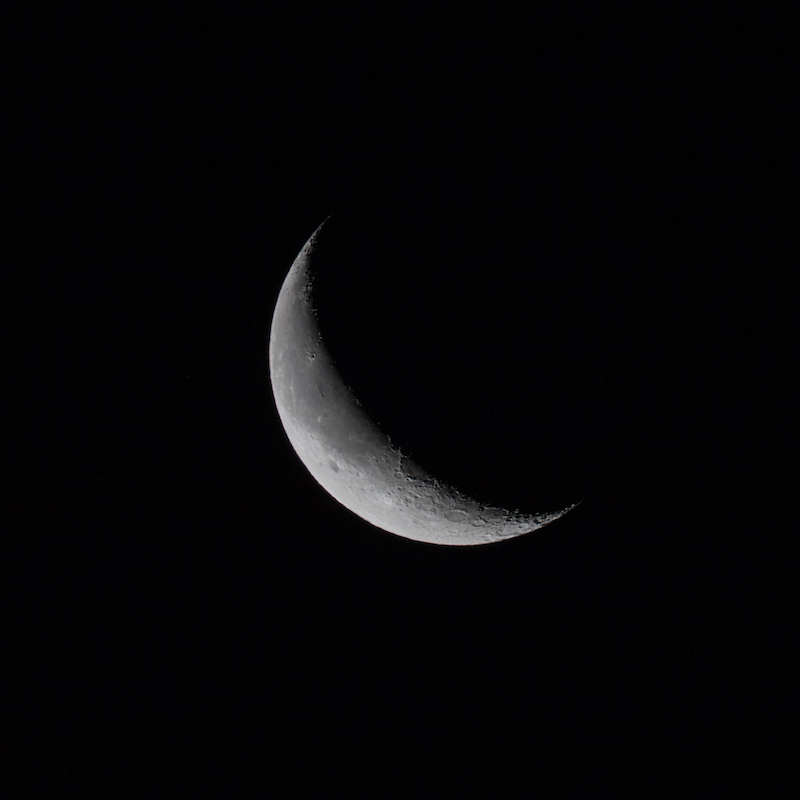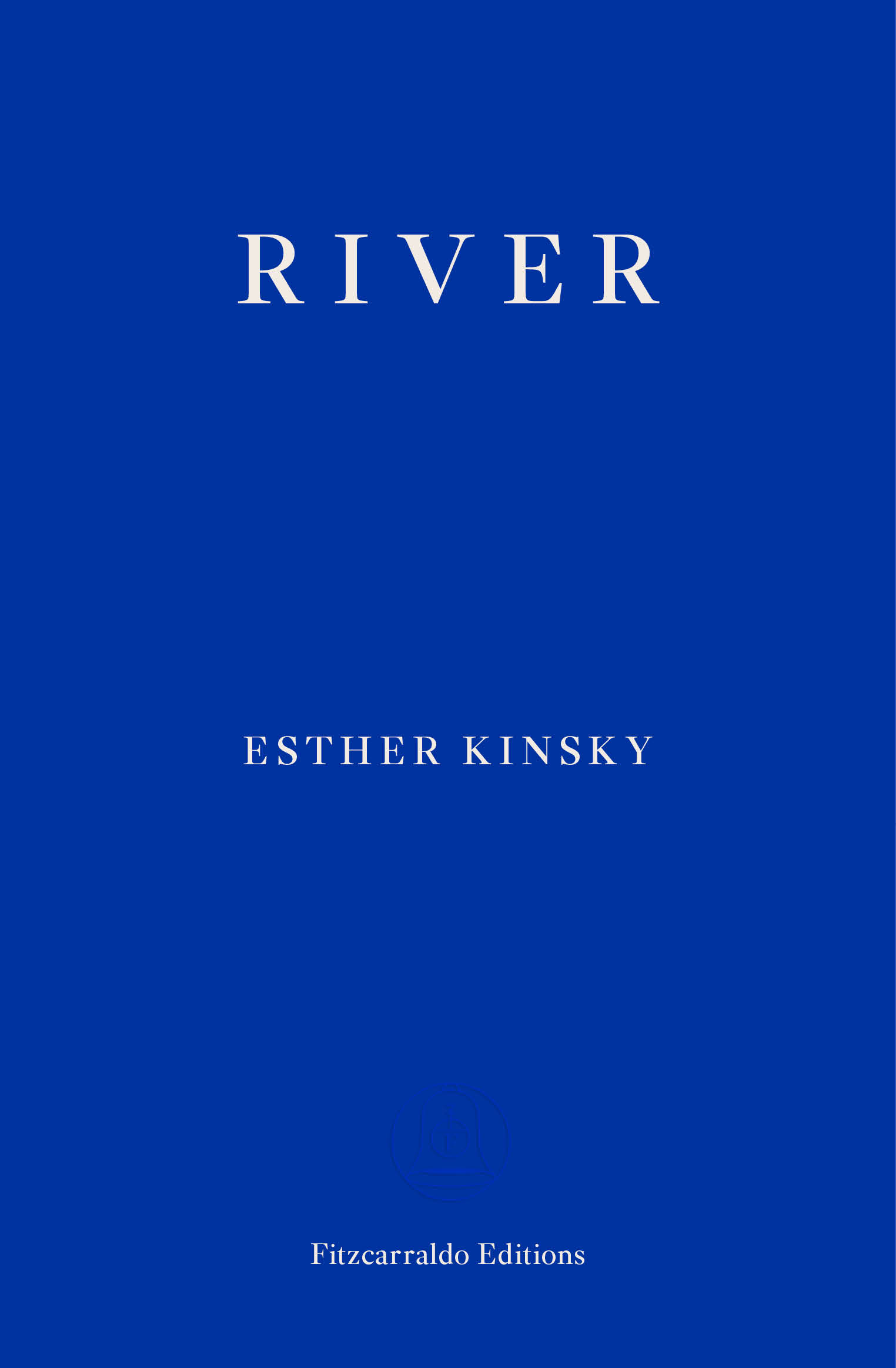
An excerpt from Esther Kinsky’s River (tr. Iain Galbraith), published today:
V. PINHOLE CAMERA
My flat was not far from Abney Park Cemetery. Had I leaned out of the bay window in my front room I would have been able to see the cemetery gate whose defiant grandeur stood out from everything else in the area, even from the cemetery behind it. On a walk some years earlier, I had taken a detour through the cemetery. It was springtime, and there were small clumps of yellow and white blooming daffodils everywhere. Although I had not been alone at the time and was given all kinds of explanations about the history of the graves, the cemetery had seemed like a deep forest to me, a dank and musty island, half-wild, drifting in the river of the city. At the time I should not have been surprised to stumble out through one of the two gates into a London that was wholly different from the one I had previously entered from. Now that I was so near to this forest full of graves, I rarely visited it. It was autumn. Poisonous flowers blossomed in the shade of the tall trees and brushwood; the leaves rustled after a dry summer, but had retained their tired green instead of turning yellow. The cemetery seemed like an incongruous counter to the wilderness beyond the river Lea, which lay in the opposite direction. The cemetery belonged to the city; it was a small outgrowth from it, not an island in a river. There was no surprise for me to look forward to on leaving the gate at the other end of the cemetery; in fact, that way led towards my old London life, whose familiarity I wished to slough off. I confined myself to short tours between the graves, trees, flowers and undergrowth. I avoided little groups of drug dealers and their customers, and the dreamy visitors sitting on graves in the few patches of sunlight.
One day, in the middle of the cemetery, I came across a young girl and her boyfriend in a clearing. She had a pale, drained face, and was looking up with a timid, rapt expression at her companion, a large black man sitting very upright on a tree trunk or gravestone. He was staring into the bushes, but his gaze was so earnest and lofty that he seemed to be looking over the tops of the trees, into some uncharted yonder. The girl reminded me of a sepulchral angel, its face worn by wind and weather; her skin was like porous stone, and her features had a certain flatness, as if they had been sandpapered to erase severity. But she had lovely long red hair, and I secretly called her Sonja because she reminded me of a character in Chekhov. A few days later I saw Sonja in the cemetery by herself; she was sitting in a different part of the clearing, where she had set up a pinhole camera to take a picture. I asked her about the camera, which she had balanced with some difficulty on a tree trunk, and she explained its simple construction. On windless days the pictures can look like delicate sketches, she said. And sometimes they show angels.
Sonja was a firm believer in the pinhole camera. She showed me all kinds of wondrous phenomena made possible by the device: the reproduction of images; bringing to light the invisible. She went on to explain how leaves also acted as a kind of pinhole camera; the spots of light observable under foliage on a sunny day were countless tiny suns. Countless tiny suns, she repeated. It was a chilly, whitish-grey day, and I thought of the three suns seen by members of an expedition to the ice-wastes of the North Pole four centuries ago.
I would sometimes meet Sonja on the street, or in the second-hand clothes shop a few houses away from my flat. The shop was managed by a thin-lipped Croat, who professed to be running the place on behalf of a Bosnian charity. It was chock-a-block with stuff: clothes, suitcases, toys, shoes. I ran into Sonja a couple of times there trying on shoes. She didn’t like them, or they didn’t fit her, and on one of these occasions the thin-lipped man went to the back of the shop and reappeared with a large rubbish bag full of shoes, which he proceeded to empty onto the floor in front of Sonja. At last she found one that suited and fitted her, whooping with joy at how lovely it was as she rummaged in the shoe-heap; its other half was nowhere to be found. Sonja left the shop without purchasing anything. The Croat calmly picked up the dumped shoes, including the single one, and put them back in the bag.
To avoid having to search my house-moving boxes for crockery I bought some tea glasses from the Croat, and a metal teapot tarnished by constant scrubbing during its years of service in some canteen or cheap roadside café. The Croat stood behind his makeshift shop counter, where some pieces of jewellery were displayed. This was a motley jumble of brooches and rings, which the donors may have overlooked on lapels or in pockets as they hurried to stuff the clothes into bags. The Croat gave me the odd bit of advice as I studied the jewellery. This brooch was very becoming, or that ring showed off my hand very nicely, but I was not persuaded.
Sonja worked in a small grocer’s next to the charity for Bosnian refugees. I sometimes met her there. On one occasion I wanted to tell her about my instant pictures, indeed I had even prepared a little talk in my head about the relationship between these pictures and memory, but the talk went awry, my words sounded muddled, and she regarded me with disbelief. I mistrust memory, she said. The next time we met, she mentioned that she had started work on a photographic study. She mumbled an attempt to explain the study to me. You know, she said, beauty, light, reality, that sort of thing. A kind of law. Her voice became ever quieter, and I could barely understand what she was saying, but when I gave her a quizzical look, she shrugged her shoulders. A kind of law, she repeated, craning her face so far forward that it almost came up against my own. What is actually beautiful in what we see? she asked so suddenly and loudly that the few other customers in the shop turned to look. Following this conversation I stayed away from the shop, but a few weeks later Sonja came to see me. She was pregnant. Her features had become sharper; the weather-worn stone angel was no more, while her red hair, plaited into a braid, hung down in front of her shoulder. She lowered her eyes and soft bluish eyelids; she was no longer Sonja but a pre-Raphaelite vignette. That day at the grocer’s she had handed in her notice; she intended to move to a houseboat on the Lea. As a farewell gift she had brought me two photographs she had taken with her pinhole camera. On one of them I recognized a view of the garden behind where I lived: the flat gravel-strewn roof, the sycamore, the window of my small room, where I had so often stood. For a moment I was taken aback; I felt watched, and caught at trying to memorize things. The window of the little room looked empty, however; there was no sign of any figure.
The other picture showed Sonja’s clearing at Abney Park Cemetery: the trees, grass, half-overgrown gravestones, the deserted tree stump where she had sat with her friend. It really did look like a drawing.
An angel! she said, pointing to a thin, apparently hovering white shape in the bottom corner of the picture of the clearing. It was a blot of the kind that had occasionally appeared in the photos I took with my old instant camera: white shadows, caused by light penetrating the primitive casing.
Thank you, I said. It’s very beautiful.
Sonja, who since her metamorphosis may have been called Gabriella, took her leave. She walked slowly and ponderously, not towards the Abney Park Cemetery, but in the other direction. I began to imagine her in Springfield Park, where, who knows, she might cross paths with the King, but then I saw her turning down the lane that ran along between my back garden and the embankment above the train station. The moment she vanished I was no longer certain I would recognize her if I saw her again in a different place.
I gave the two pinhole photographs a place in my flat. And there they stood, one at either end of the series I had taken of the Lea, like two distant relatives from a branch of the family thought to have withered away.
(…)
